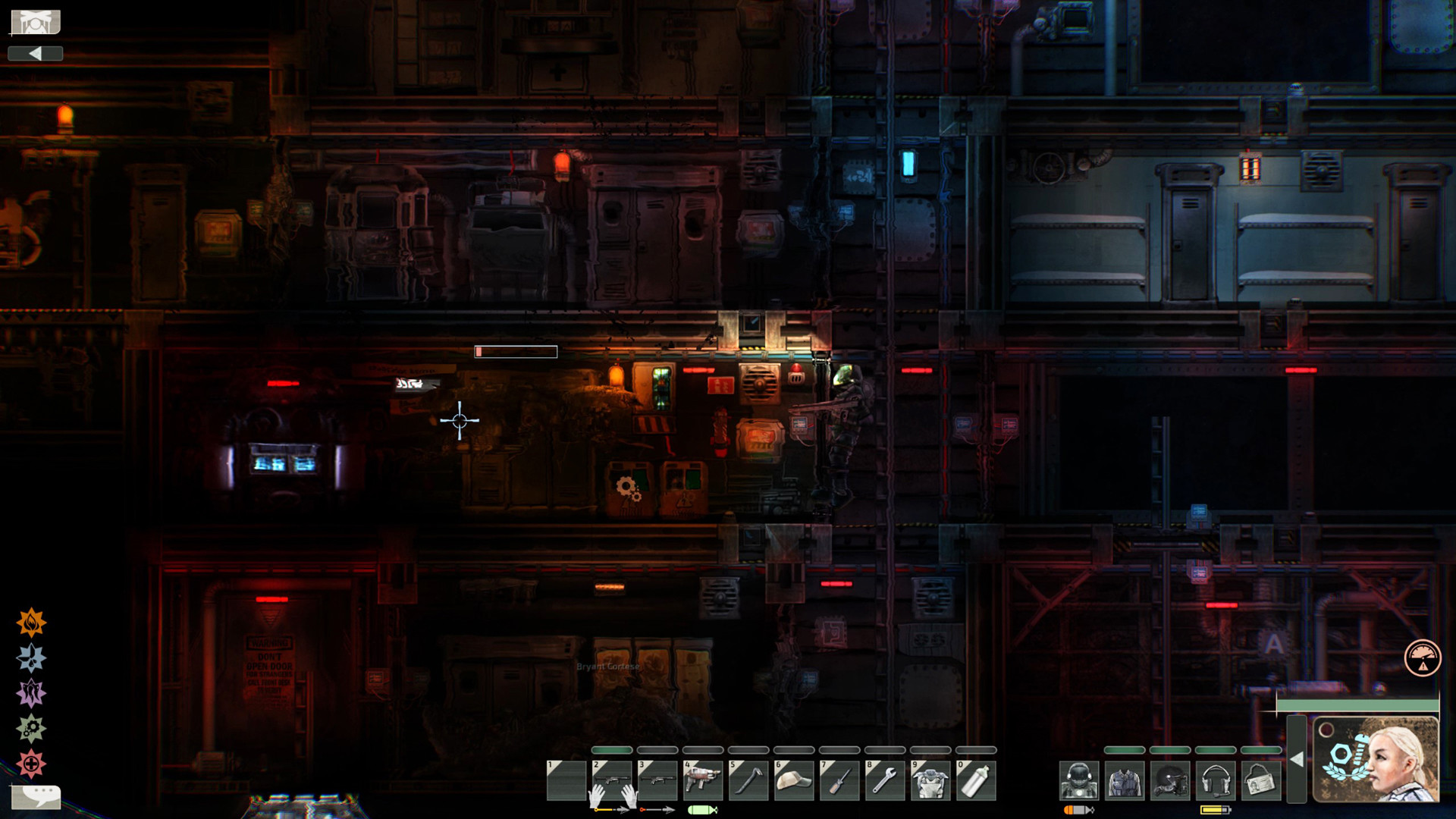

9,10 With continuously increasing pressure, the gas can rupture through the mediastinal pleura, eventually causing pneumo-thorax. Ac?cording to reports by Macklin and Macklin, air specifically migrates from the ruptured alveoli along the perivascular sheaths towards the mediastinum, which leads to mediastinal emphysema. In mechanically ventilated patients, air enters the alveoli which may become overly distended and rupture, thereby re?leasing air into collateral spaces. 2-6 When identified in patients with elevated airway pressures, pneumoperitoneum presents the clinician with a diagnostic dilemma, necessitating prompt evaluation to rule out a perforated viscus, which is the etiology of 90% of cases. 1 Tension pneumothorax and pneumomediastinum are the most common sequelae, with pneumoperitoneum occurring much less frequently. Pulmonary barotrauma is a well-recognized complication of elevated airway pressures associated with mechanical ventilation in patients with acute lung injuries. The hematoma was managed conservatively until the patient was discharged from the hospital approximately 2 weeks later. The remainder of his hospital stay was uneventful, except for a small retroperitoneal hematoma resulting from anticoagulation therapy. In the days following the procedure, the patient's cardiovascular and respiratory status gradually improved and he was extubated. Lavage was performed and the extracted fluid was clear, nonfoul smelling, and had no particulate matter that would indicate ruptured viscus.


A rush of air was noted upon entry into the peritoneal cavity.
Barotrauma logo free#
A chest radiograph revealed massive pneumoperitoneum (Figure).ĭiagnostic peritoneal lavage was performed to rule out visceral perforation as the source of the free intra-abdominal air. After?wards the patient developed increasing abdominal distention with hyperresonance to percussion. Surgical consultation was required for placement of bilateral chest tubes. Because of difficulties maintaining adequate oxygenation, it was necessary to titrate the patient's positive end expiratory pressure (PEEP) to 15 cm, during which he developed diffuse subcutaneous emphysema. Shortly after stenting, his respiratory status began to decline and he was intubated due to progressively increasing oxygen requirements. The patient subsequently underwent an uneventful cardiac catheterization with stenting of his right coronary artery. Soon after admission, he developed chest pain and dyspnea with elevated serum troponin levels, suggesting acute myocardial infarction. A computed tomography (CT) scan of his brain revealed a right frontal lobe ischemic cerebral infarction, and he was admitted to the hospital for neurological consultation. His medical history was significant for alcohol abuse, hypertension, type 2 diabetes mellitus, a previous cerebrovascular accident, and hyperlipidemia. This modality provided the necessary clinical information in a timely manner and spared the patient from other diagnostic tests or exploratory laparotomy.Ī 65-year-old white man presented to the emergency department with marked confusion and new onset of dysarthria. 2-6We report a case in which diagnostic peritoneal lavage was used to rule out a perforated viscus. 1 Pneumo?peritoneum occurs much less frequently and presents clinicians with a diagnostic challenge because it requires prompt diagnosis to rule out perforated viscus as the cause. It results from elevated airway pressures, and tension pneumothorax and pneumomediastinum are the most common sequelae. Pulmonary barotrauma is a well-recognized complication of mech?anical ventilation in patients with acute lung injuries. The authors discuss the pathophysiology of pneumoperitoneum and the various methods available to distinguish this benign phenomenon from a life-threatening intra-abdominal pathology.

Diagnostic peri?toneal lavage was successful in ruling out visceral perforation as a possible etiology of the free air observed on the patient's abdominal and chest radiographs. The authors report a rare case of massive pneumoperitoneum resulting from barotrauma in a patient receiv-ing mechanical ventilation. West Virginia University School of Medicine


 0 kommentar(er)
0 kommentar(er)
